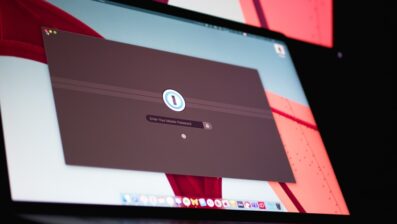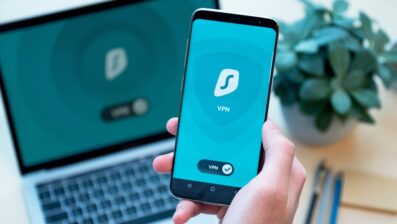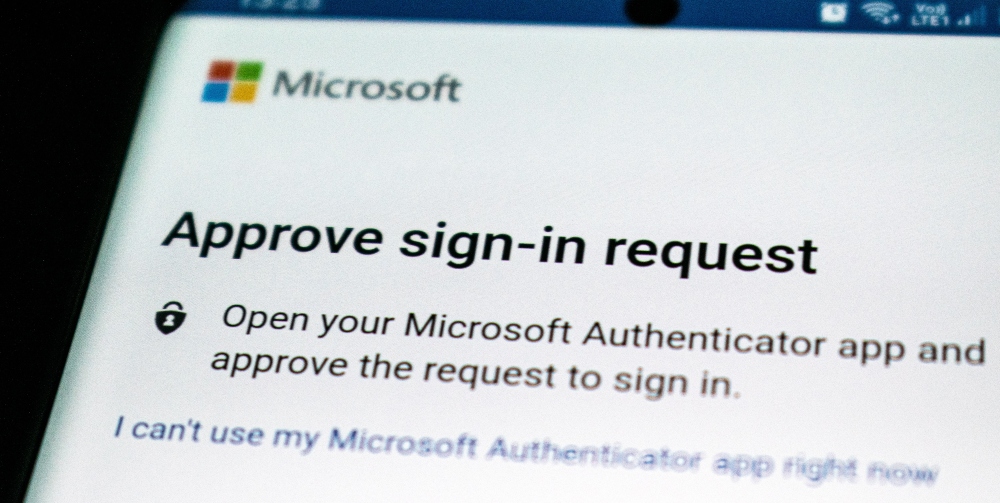
Multi-Factor Authentication Examples: Your Complete Guide
Technology Solutions
Understanding the definition of multi-factor authentication is one thing, but knowing different types of multi-factor authentication examples is another.
This information allows you to understand the different ways in which cybercriminals can steal your data and how you can start protecting yourself online.
As well as providing some examples, we’ll also be diving into the definition of multifactor authentication, why it is important, and how it works.
View this as your complete guide to all things related to multifactor authentication so that you’re in the best position to protect your most important assets.
Cybercrime is on the rise due to the amount of digital devices we all use on a daily basis. Gone are the days when we just had our work computer or laptop to worry about as now there mobile phones, tablets, and iPads to consider too.
This makes multi-factor authentication even more important as you need to create layers between your data and a cybercriminal.
This leads us nicely onto our next section: what is multi-factor authentication?
What Is Multi-Factor Authentication?
As touched on in the intro, you need to create layers or barriers between your data and cybercriminals.
This makes it more difficult for them to steal your information and access your network.
Instead of just asking for a password, MFA implements additional credentials to make it more difficult for the cyber criminal to work their way in.
These additional layers are the reason why MFA is so important, as only having to guess a password can be pretty easy.
For instance, many people create password that are based on important dates or events such as birthdays, anniversaries, or children’s names. Whilst using one of these things as your password might seem like a good idea (after all, you’ll never forget it), the information can easily be shared or stolen.
You might also end up revealing this information without even knowing so you’re playing directly into the hands of the cybercriminal.
However, in the case of MFA, a hacker would need more than just your password to access your information so you’re immediately blocking their access.
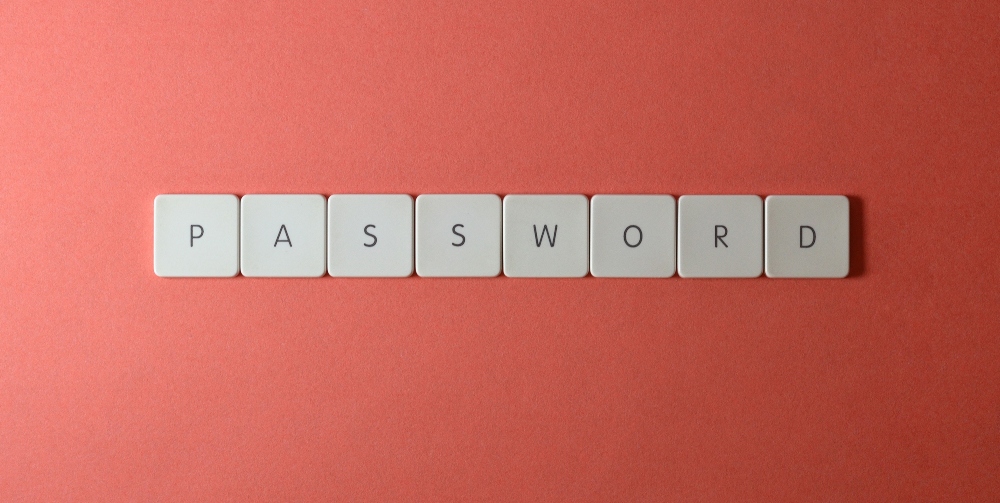
Why Is Multi-Factor Authentication Important?
The most obvious reason why multi-factor authentication is important is that it makes it more difficult for hackers to penetrate your network.
MFA is the most popular way for organisations to secure their data to ensure their cybersecurity is never compromised.
Rather than just having a password, MFA requires more verification credentials to be met including information from the following categories:
- Something the user knows (birthdays, anniversaries, important dates)
- Something the user has (mobile phone, keycard, USB, fob)
- Something the user is (fingerprints, iris scans, or some other form of biometric data that can prove who you are)
This means that without knowing multiple credentials, a cybercriminal will be unable to access your network, and will therefore be able to steal company records, secrets, or details such as your bank account.
In turn, this gives both companies and individuals peace of mind that their information is safe and secure. In other words, MFA is almost like a back up so that if one barrier is knocked down (such as the hacker guessing your password), there are still another two barriers to go.
Another reason why MFA is important is that it discourages cyberhackers from trying to steal your data. The more difficult you can make the process the better, as it means hackers will probably try and target someone else instead.
Multi-Factor Authentication Examples
As outlined above, there are 3 multi-factor authentication examples which can be used to add an extra layer of security online.
Creating a password is standard, but by implementing one or two of the other verification credentials, you’re putting yourself in a much stronger position.
Being proactive instead of reactive is always the best way to remain cyber offensive!
That said, let’s take a look at the three multi-factor authentication examples.
Something the User Knows
Out of the three, knowledge factors (or in other words, something the user knows) are the most common, but vulnerable, type of security.
That’s because this information is much easier to share or steal which is perfect for hackers trying to get into your network.
As we’ve mentioned earlier in the blog, you might also reveal this information accidentally depending on what websites you’re on or who you’re speaking to. For instance there might be questions on a form online that asks you where you were born or who your first teacher was.
Whilst on the surface these questions seem harmless, you’ve got to be careful where you’re entering this information as you might be revealing something that could enable cyberhackers to log into your network.
A multi-factor authentication example of something a user knows could be:
- Password
- Pin
- Answers to seemingly secret questions (i.e where you were born)
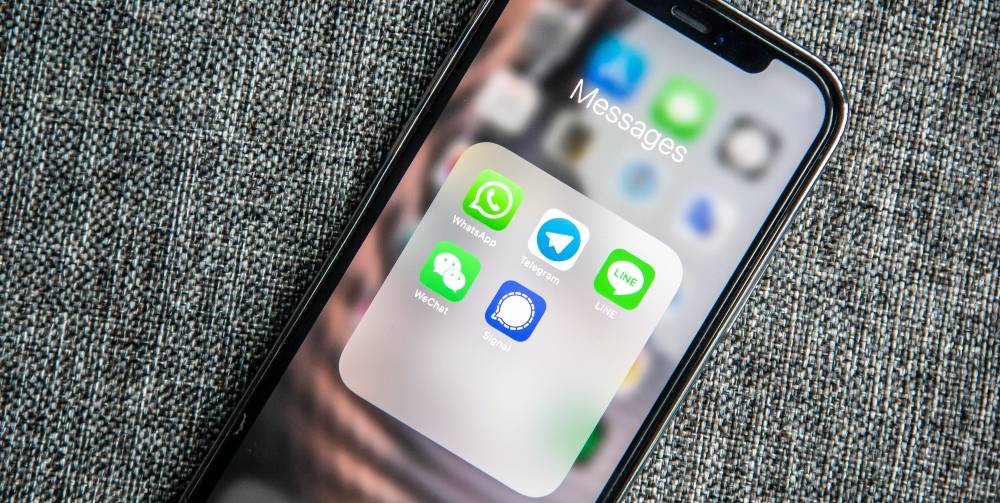
Something the User Has
This type of security has been around for centuries and is the oldest multi-factor authentication example.
Also known as ‘possession factors’ these are physical things that an individual has/ can use to gain access. The most basic version is a key, which is used to gain physical entry into a locker or building for example.
However, bringing things forward to the modern day, possession factors have become much more complex due to the digital world we’re now living in.
Regardless though, the premise of a possession factor remains the same irrespective of which form they take.
A multi-factor authentication example of something the user has could include:
- SMS text message with a code
- Software token
- Hardware token
- Google Authenticator (an app on your phone)
- Security badge
Something the User Is
Something the user is, or in other words biometric data, is a way to prove who the individual is through certain biological traits.
Because these traits are unique to the person, it’s a lot more difficult for a cyberhacker to steal this information. Arguably biometric data is the strongest verification credential as it’s very difficult to replicate this and impersonate the target.
Another advantage of using biometric data is that it requires very sophisticated technology to replicate. Due to the fact that there are so many factors involved in biometric data (just consider the amount of cells and invisible markings in your fingerprint), it takes a lot of expertise and a lot of money to be successful.
Most cyber threats actors can’t afford this, so investing in this type of verification credential can prove highly worthwhile.
Examples of biometric verification include:
- Voice
- Palmprint
- Fingerprint
- Retina and iris patterns
- DNA
- Signature
- Hand shape
- Typing behaviour (how strongly a user presses keys on their keyboard)
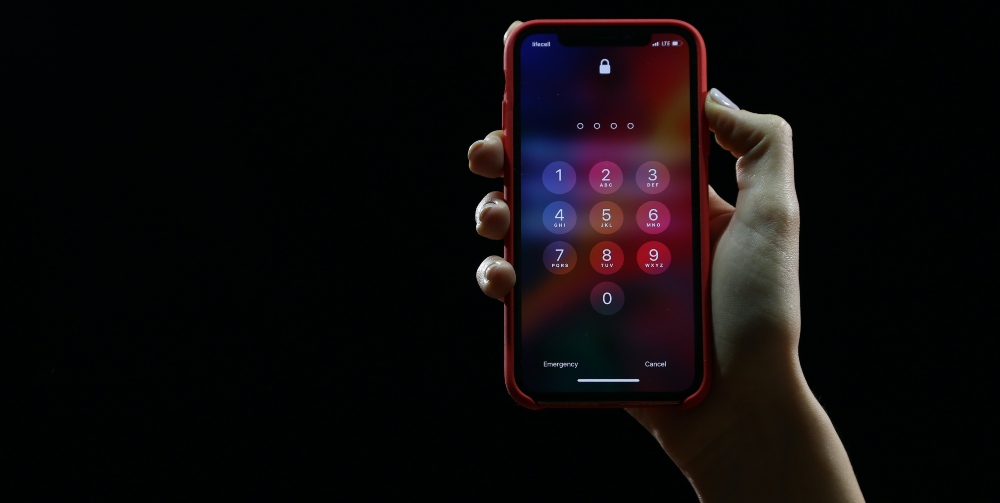
How Does Multi-Factor Authentication Work?
The whole purpose of multi-factor authentication is to create a multi-layered defense system.
It’s important to note that MFA does not replace usernames and passwords, but instead, adds another layer of verification to make your security system more robust.
By having more than one barrier to access, organisations are strengthening their security and making life a lot harder for cybercriminals.
These types of criminals usually target companies who have poor cyber security defenses in place as this makes it easier for them to attack and retrieve the information they need.
However with MFA, even if one factor is compromised there are further barriers to breach.
For instance, to log in to a system at work you might need:
- Your password (something the user knows)
- A 4 digit code (something the user has)
So, even if the cybercriminal manages to steal your password, they still won’t have the 4 digit code as this will be sent to a device like your cellphone.
To help explain how multi-factor authentication works in practice, we have outlined a typical MFA process:
- Registration: The user links an item such as their cellphone to the system and asserts that this item is theirs.
- Login: A person enters their username and password into a secure system.
- Verification: The system connects with the registered item and the cell phone pings a verification code.
- Reaction: The person completes the process with the verified item by entering the code.
Some systems require this type of verification each type a user logins, whereas others remember devices. This can be highly convenient as if you’re always using the same cell phone or computer to log in, you might not need to follow each verification step.
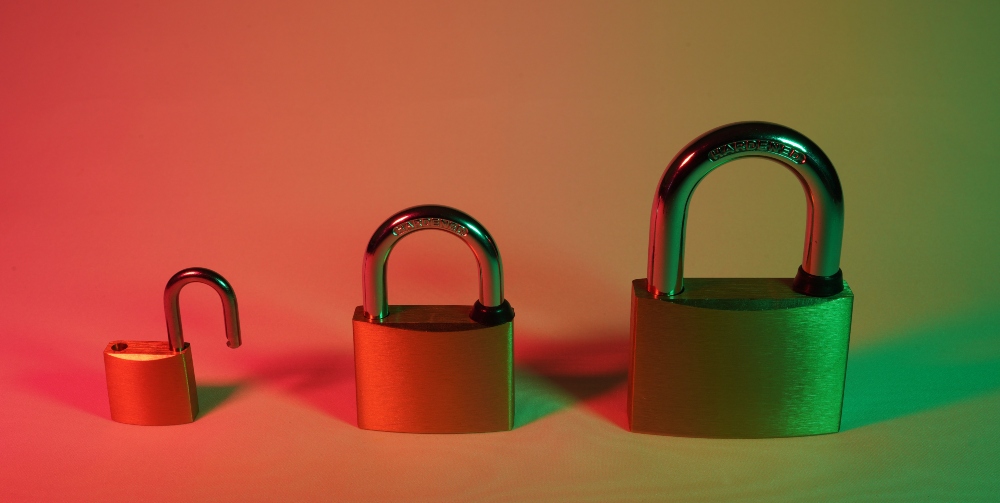
What Are the Benefits of Multi-Factor Authentication?
Many organisations have embraced multi-factor authentication (MFA) due to the threats and regulations facing todays security landscape.
With compliance standards such as GDPR and NIST requiring more robust security practices, the adoption of MFA is inevitably going to increase.
MFA Enables Stronger Authentication
Reducing cyber security risks in any organisation is critical which is why MFA is on the rise.
As we’ve already discussed, credential harvesting is a constant threat, so organisations need to stay one step ahead to continuously protect their data.
With this type of authentication method, multiple factors are needed before access is granted which helps keep data safe and secure.
If companies were only relying on usernames and passwords there is a higher chance of a data breach which would have huge consequences.
MFA helps reduce this likelihood by adding an extra layer of security.
MFA Adapts to the Changing Workplace
As working life continues to change and more employees work from home, orgsnsiations need a more sophisticated way of dealing with access requests.
This is where MFA comes into play as it evaluates the risk a user presents whenever they request access to a system or tool by looking at things such as the user’s device or their location.
To put this into context, an employee logging in from the office is in a trusted location which the system recognises, so they may not be prompted for additional credentials.
However an employee working remotely logging on from home or a cafe might be connecting through an unsecure WiFi network. As such, they may be prompted to provide additional information as they are accessing the system from an unknown location.
MFA Does Not Compromise User Experience
Passwords can be very difficult to remember and are a bit of a pain. The more difficult something is, the more lazier employees will get which leads to weaker passwords.
This then poses a threat for the organisation as these passwords will be easier for cyberhackers to guess or steal.
Furthermore, it’s important not to burden IT teams with lots of password resets when they inevitably introduce more stringent password policies.
The solution? Multi-factor authentication.
This secures the environment, the devices, and the people using them without giving employees more things to remember.
Organisations can also go a step further and make life even easier by providing users with a variety of factors to choose from. Alternatively they can only require additional factors when necessary which adds even more convenience to this method.
Multi-Factor Authentication Examples: Your Complete Guide
After looking through multi-factor authentication examples and understanding the benefits of this method, we hope you’re in a better position to implement this in your own business.
As the world continues to be more digitally-focussed with individuals using lots of different devices, the use of MFA is inevitably going to increase.
Keeping cyberhackers as far away from your data as possible is absolutely key, and MFA ensures this happens. By adding an extra layer to your security defenses you’re making it more difficult for them to penetrate your network.
Don’t wait for a cyber attack to happen, as there are measures you can put in place now to remain cyber resilient. Keeping you ahead of cybercrime is what we do best at TLR, as we want to empower you from the front.
Instead of being reactive, we work with you to actively implement solutions to protect your most important assets. Check out our solution, CAVs, for example, which automatically scans your network to check for any holes or vulnerabilities so that they can be resolved.
To find out more about how we can help, simply get in touch with our team.
